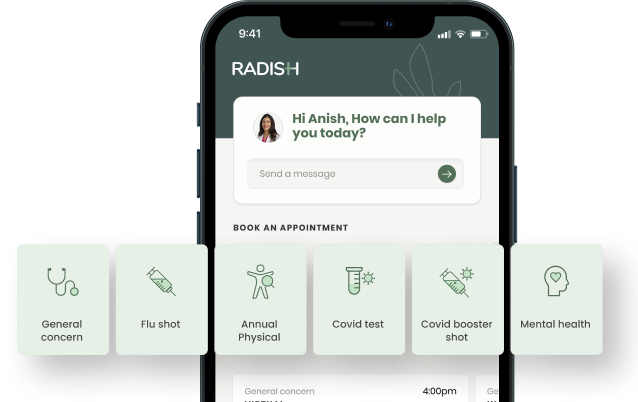Exercise Should Help, Not Hurt

Stella Gandhi, MD
Embarking on a workout routine can bring numerous health benefits, but it also poses the risk of getting a musculoskeletal injury. In this discussion, we will explore the most common injuries as well as how to treat and prevent them.

How to start exercising: Prevention is key!
Preventing musculoskeletal injuries begins with proper preparation. It is essential to start any new exercise program with a thorough warm-up, including stretching exercises to improve flexibility. Gradually increasing the intensity and duration of workouts allows your body to adapt. Incorporating strength training exercises and maintaining good posture during exercises are also vital to prevent injuries. Additionally, wearing appropriate footwear and using proper equipment can significantly reduce the risk of strains, sprains, and other injuries.
What to do when an injury occurs
Early diagnosis and prompt treatment are crucial for a successful recovery. At this crucial phase, it’s important to reach out to your doctor. If something hurts, ask! It’s as easy as sending a text to your Radish doctor. Then we can evaluate your symptoms, decide if we need to talk more over a telehealth visit, and order any necessary testing such as x-rays or ultrasound. Remember that continuing to exercise through the pain is never the best option.
Let’s talk about treatment
Treatment options for musculoskeletal injuries may include:
- Rest and immobilization: Providing adequate rest to the affected area and immobilizing it with a splint, cast, or brace can aid in the healing process.
- Medications: Nonsteroidal anti-inflammatory drugs (NSAIDs) may be prescribed to reduce pain and inflammation.
- Physical Therapy: A customized physical therapy program can help improve strength, flexibility, and range of motion, promoting healing and preventing future injuries.
- Rehabilitation exercises: Gradual reintroduction of exercises under the guidance of a physical therapist can aid in the recovery process.
- Surgical Intervention: In severe cases, surgery may be required to repair damaged tissues or stabilize fractures.
Collaboration and follow-up
At Radish, we always try to avoid referrals whenever possible, but if there is a concern about healing or needing surgery, we’re happy to refer to a specialist and make sure that they are in-network with your insurance. It’s also important to keep in close touch for follow up to monitor the progress of healing and adjust our treatment plan if needed.
By taking preventive measures, seeking early diagnosis, and following an appropriate treatment plan, you can minimize the risk of injury and ensure a safe and successful journey towards improved fitness and overall well-being. So take advantage of the warmer weather and get active! But if you start to feel any pain or discomfort, don’t exercise through it – schedule a visit or chat with your Radish Doctor today!
Request a Free Demo
Learn how Radish Health can help you improve employee health and save on healthcare.
Request a Demo